Can Grass Clippings Be Used As Mulch
Title: Can Grass Clippings Be Used as Mulch?
Introduction:
Grass clippings are a common lawn waste product, but they can also be a valuable resource for your garden. Grass clippings make an excellent mulch, providing a number of benefits for your plants.
In this blog post, we will discuss the benefits of using grass clippings as mulch, how to properly use them, and some potential drawbacks to be aware of.
Benefits of Using Grass Clippings as Mulch:
- Retain moisture: Grass clippings help to retain moisture in the soil, which can help your plants to thrive, especially during hot, dry weather.
- Suppress weeds: The thick layer of grass clippings can help to suppress the growth of weeds.
- Improve soil quality: As grass clippings decompose, they add nutrients to the soil, helping to improve its fertility.
- Attract beneficial insects: The decaying grass clippings can attract beneficial insects, such as earthworms and ladybugs, which can help to improve the health of your plants.
- Reduce the need for fertilizer: The nutrients in grass clippings can help to reduce the need for fertilizer, saving you money in the long run.
How to Use Grass Clippings as Mulch:
- Apply grass clippings in a thin layer: When applying grass clippings as mulch, it is important to apply them in a thin layer, no more than 1-2 inches thick. Thicker layers of grass clippings can smother plants and create a breeding ground for mold and mildew.
- Avoid using fresh grass clippings: Freshly cut grass clippings can contain a high level of nitrogen, which can burn plants. It is best to allow grass clippings to dry for a day or two before using them as mulch.
- Do not use grass clippings from treated lawns: If you use herbicides or pesticides on your lawn, do not use the grass clippings as mulch in your garden. The chemicals in the grass clippings can harm your plants.
Potential Drawbacks of Using Grass Clippings as Mulch:
- Grass clippings can mat down: If grass clippings are applied too thickly or are not allowed to dry completely, they can mat down and prevent water and air from reaching the soil. This can lead to plant problems.
- Grass clippings can attract pests: Grass clippings can attract pests, such as slugs and snails. If you have a problem with pests in your garden, you may want to avoid using grass clippings as mulch.
Conclusion:
Overall, grass clippings make a great mulch for your garden. They are a free and natural way to improve the health of your plants and reduce your environmental impact. By following the tips in this blog post, you can safely and effectively use grass clippings as mulch in your garden.
Did you know that you can use grass clippings as mulch? Grass clippings are a great way to add nutrients to your soil, suppress weeds, and retain moisture. They are also free and easy to find.
To use grass clippings as mulch, simply mow your lawn as usual and then spread the clippings evenly over the ground. You should only apply about 1-2 inches of clippings at a time. Thicker layers of clippings can mat down and prevent water and air from reaching the soil.
Grass clippings will decompose over time and add nutrients to the soil. They will also help to suppress weeds by blocking out sunlight. In addition, grass clippings can help to retain moisture in the soil, which can be especially helpful during hot, dry weather.
If you are interested in learning more about using grass clippings as mulch, please visit Home Gardening. This website provides detailed information on how to use grass clippings as mulch, as well as other tips for lawn care.
FAQ of grass as mulch
- Can I use grass as mulch?
Yes, you can use grass as mulch. In fact, it is a great way to recycle your grass clippings and add nutrients back to your soil. However, it is important to note that not all grass clippings are created equal. If your grass has been treated with herbicides or pesticides, you should not use it as mulch. Additionally, if your grass is wet or has a lot of weeds, you should dry it out and remove the weeds before using it as mulch.
- How thick should I layer my grass mulch?
The thickness of your grass mulch layer will depend on a number of factors, including the type of grass you are using, the climate you live in, and the purpose of the mulch. In general, a layer of 2-4 inches is sufficient. However, if you live in a hot, dry climate, you may want to layer your mulch thicker to help retain moisture.
- Will grass mulch kill my plants?
No, grass mulch will not kill your plants. In fact, it can actually help to improve plant growth by suppressing weeds, conserving moisture, and providing nutrients. However, if you layer your mulch too thickly, it can smother your plants. It is important to only layer your mulch to the recommended thickness.
- When is the best time to apply grass mulch?
The best time to apply grass mulch is in the spring or fall. This is when the weather is mild and your plants are not actively growing. If you apply mulch in the summer, it may attract pests and diseases. If you apply mulch in the winter, it may not have enough time to break down before the next growing season.
- How do I maintain my grass mulch?
Once you have applied your grass mulch, you will need to maintain it by periodically adding new layers. You should also remove any weeds that grow through the mulch. If your mulch becomes compacted, you can aerate it to improve drainage.
Image of grass as mulch
- A pile of freshly cut grass ready to be used as mulch.
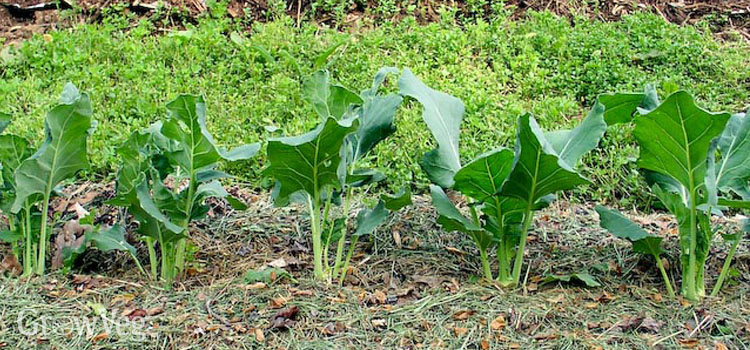
- A bed of flowers covered in a layer of grass mulch.
- A young tree surrounded by a ring of grass mulch.

- A vegetable garden with a layer of grass mulch between the rows of plants.
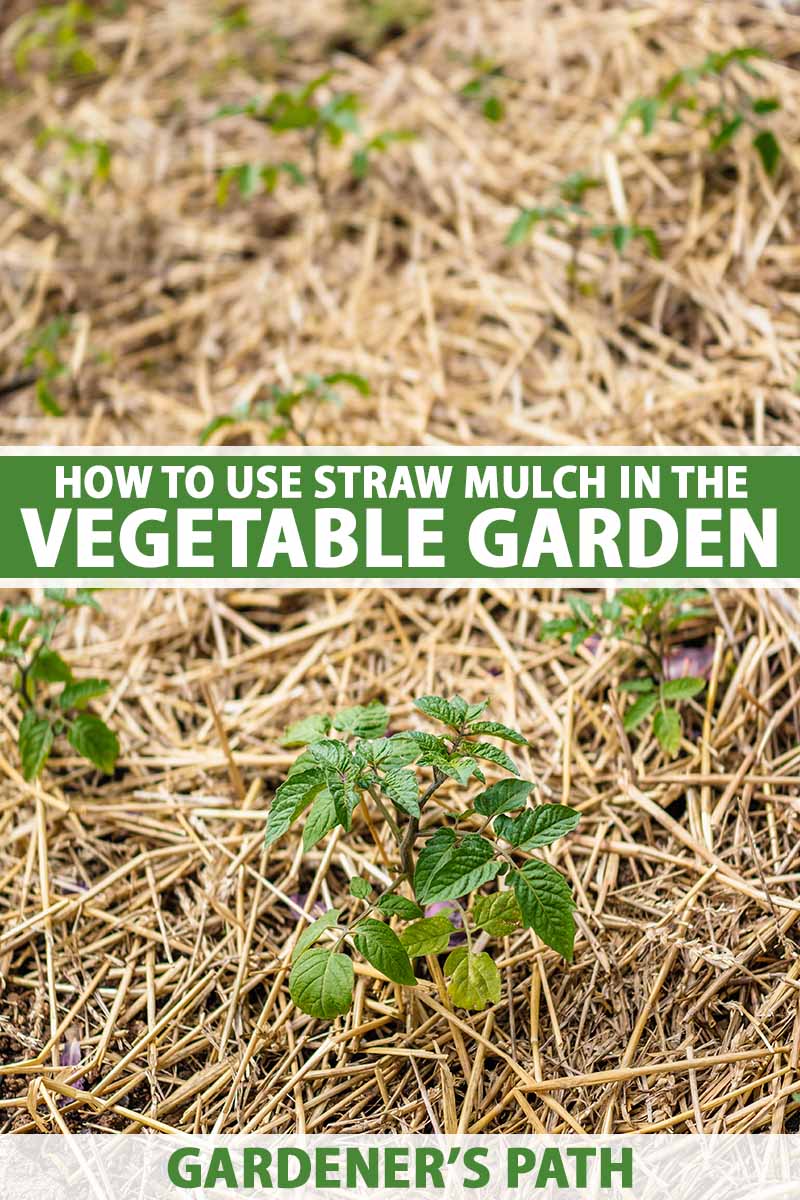
- A walkway lined with grass mulch.
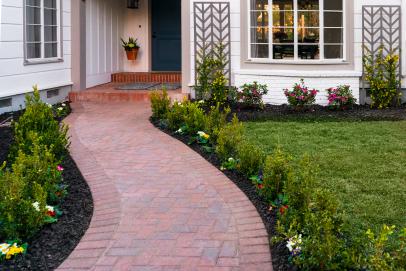
- A birdbath surrounded by a ring of grass mulch.
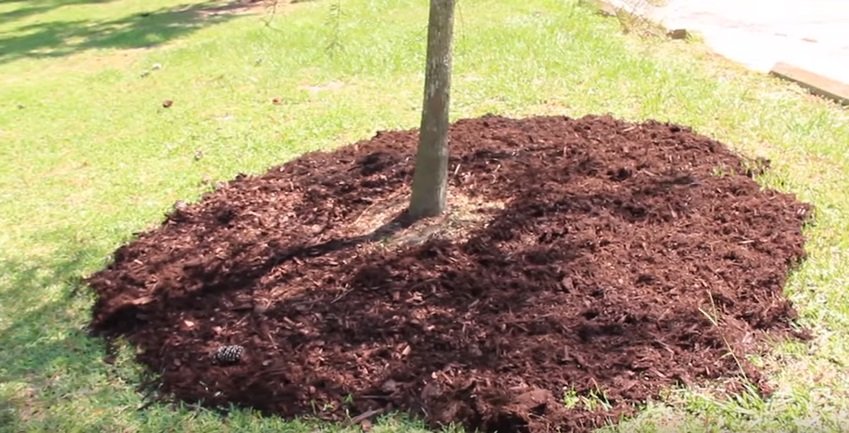
- A compost pile covered in a layer of grass mulch.

- A patch of bare soil covered in a layer of grass mulch.

- A pot of houseplants with a layer of grass mulch on top.
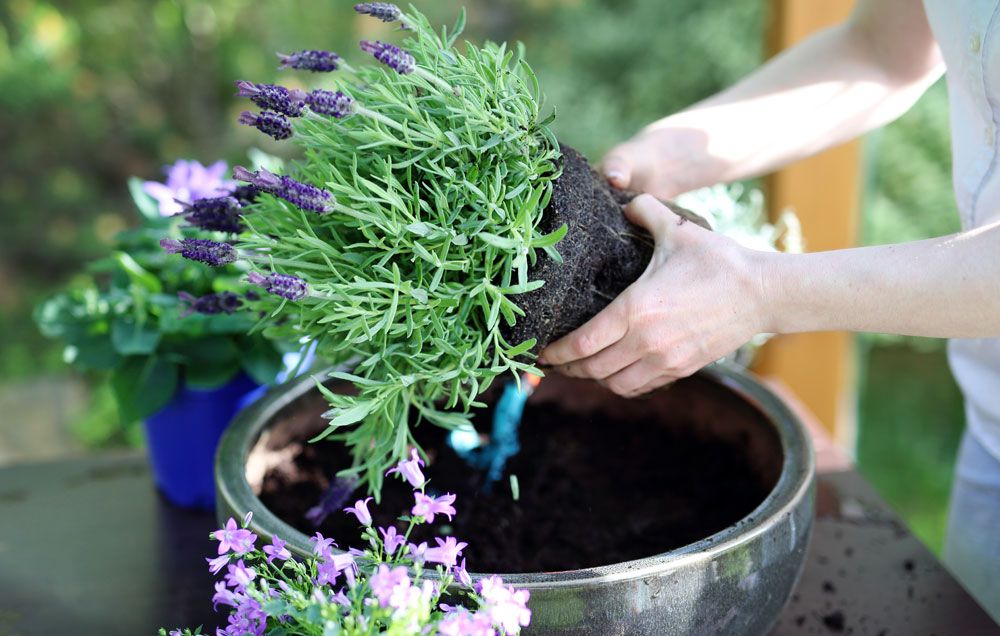
- A terrarium with a layer of grass mulch on the bottom.
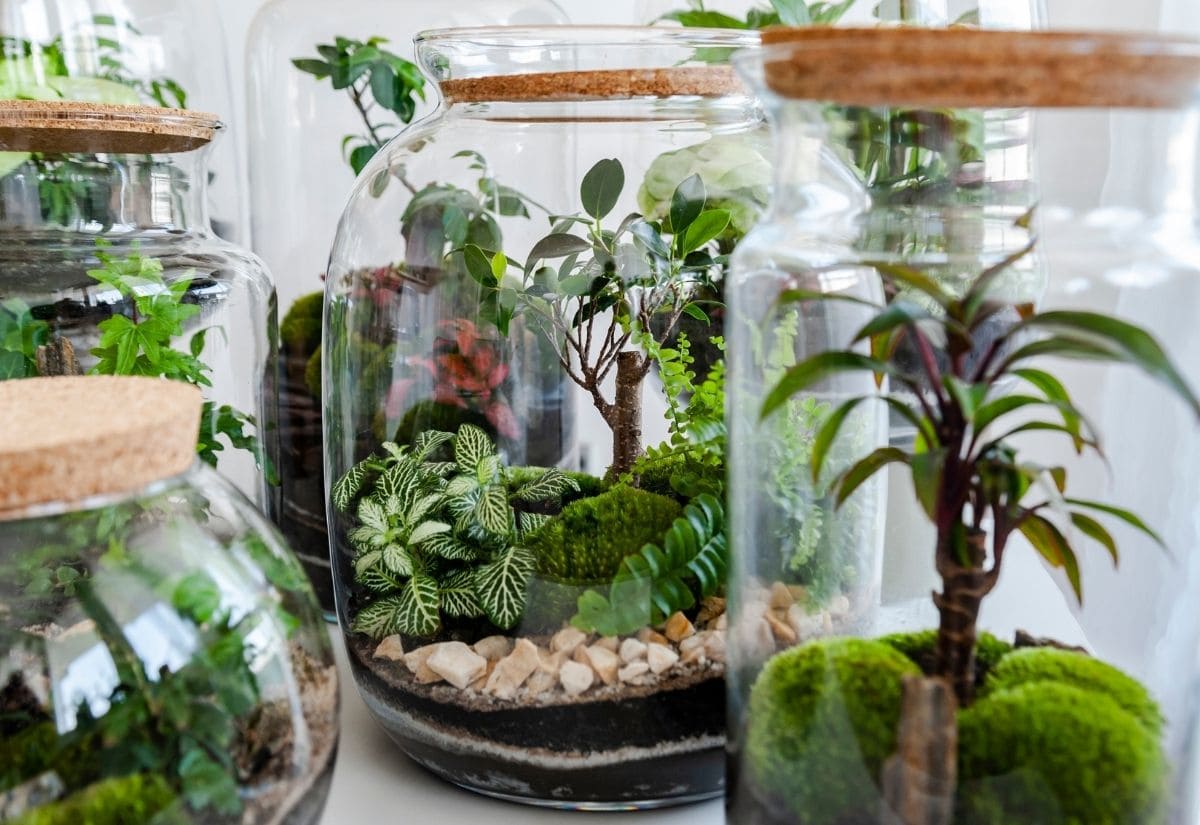
Post a Comment for "Can Grass Clippings Be Used As Mulch"